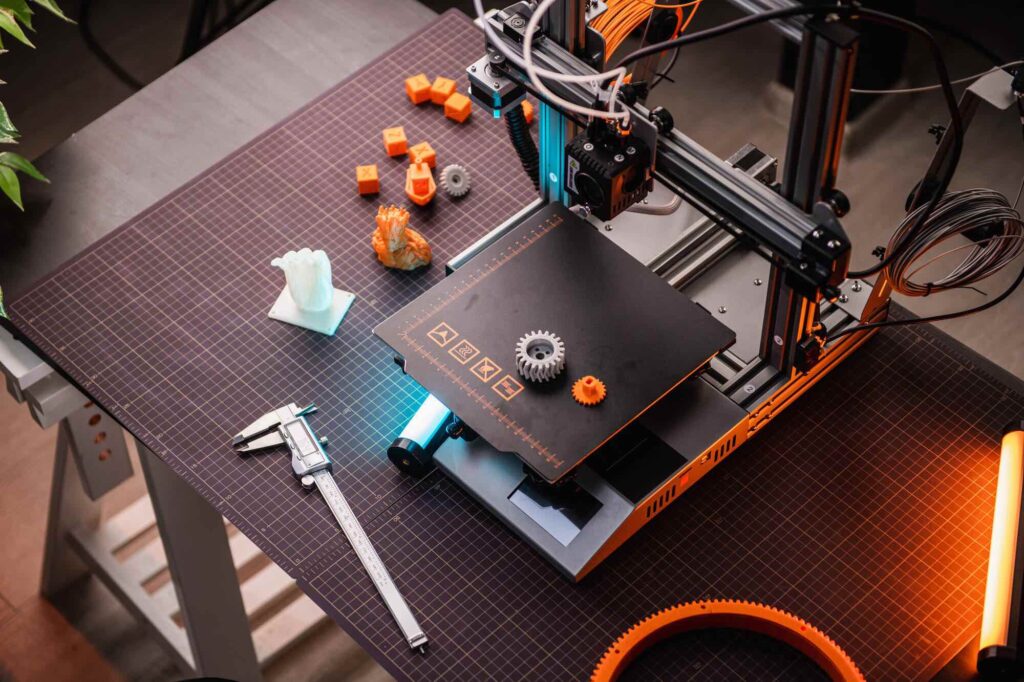Beyond Prototyping: 3D Printing’s Expanding Role in Manufacturing
The perception of 3D printing as merely a prototyping method is increasingly outdated. In recent years, this technology has revolutionized manufacturing processes across diverse sectors, impacting not only production but also market strategies and product lifecycles. This paper explores the expanding role of 3D printing in manufacturing, demonstrating its significant contributions and tangible outcomes.
The New Generations Of Manufacturing
This has brought what they like to call the additive era in production. Unlike other techniques of manufacture where drills cut material from the site of operation or liquid is poured into molds, building off established states on products in layers is what takes place with 3D printings. It thus allows for the realization of more complicated yet functional products on the cells that would be hard or impossible using common builders.
Accelerating Prototyping and Design Innovation
3D printing technology’s greatest benefit is known as better and quicker prototyping. Whereas traditional ways of building physical prototypes involve long and costly processes with plenty of revisions, 3-D printing saves time and resources as basic products are made in a short time and improved on in a short time thereby minimizing losses. Because of rapid devising and usage of a new product, it enhances quicken development of products as well as new startups that will shorten the timeframe. Customization and Personalization in Manufacturing
Nevertheless, it is the reason why it has been possible more than ever to consider the individual needs of clients, which is thanks to 3D printing technology. In the case of mass manufacturing industries production techniques tend to create several copies of identical goods, however, in the case of direct computer numerical control of digital manufacturing the output is based on a unique customer order. This feature is especially useful in areas like medicine where customized physiotherapy devices, surgical implants or surgical instruments can be manufactured based on the patient’s data. Organizations may create personalized products using 3-D printers that are tailored to suit the requirements of different users. If you want to learn More about Protolabs, please visit our website.
Minimizing Waste and Promoting Sustainability Further
As we have seen, such issues are increasingly affecting industrial activities and regarding this matter, 3D printing provides a much better approach. Indeed, the conventional manufacturing processes are often characterized by excessive removal of materials, which results in high waste. In contrast, 3D printing is performed only where a material is required so there is less waste. Furthermore, companies do not have to hold large inventories and bear costs of renting premises since products can be manufactured only when they are required. Shifting to 3D printing technologies helps the manufacturers use the processes that have low carbon emissions and are eco-friendly. If you want to know More about Protolabs, please visit our website.
Enhancing Supply Chain Management and Production Systems
Another good thing about 3-D printing is that it allows manufacturing close to or while consuming 3D printed products. This helps to rationalise supply chains as there are no transportation of components and storage of finished goods. In industries like aerospace and defense where quick turnarounds and adaptability are critical aspects, components can be manufactured on demand quickly by use of 3D prints thereby decreasing lead times and enhancing efficiency. By transferring production to the vicinity of product markets, manufacturers can quickly adapt to changes in demand without hampering the distribution network.
The Prospects of 3D Printing in Manufacturing
As the technology develops the sphere of uses of 3D printing in manufacturing increases and new opportunities for usage appear. New materials polymers, metals, composites and others are bringing new age of 3d printers which are capable of producing more intricate, higher strength level parts. Further using 3D technology in conjunction with other technologies like AI and robotics will be bigger gamechangers in future manufacturing processes. This means that it is also not impossible for even more of 3D printing evolution certainly incorporating functional end-user production and additively manufactured consumer goods to predict.







